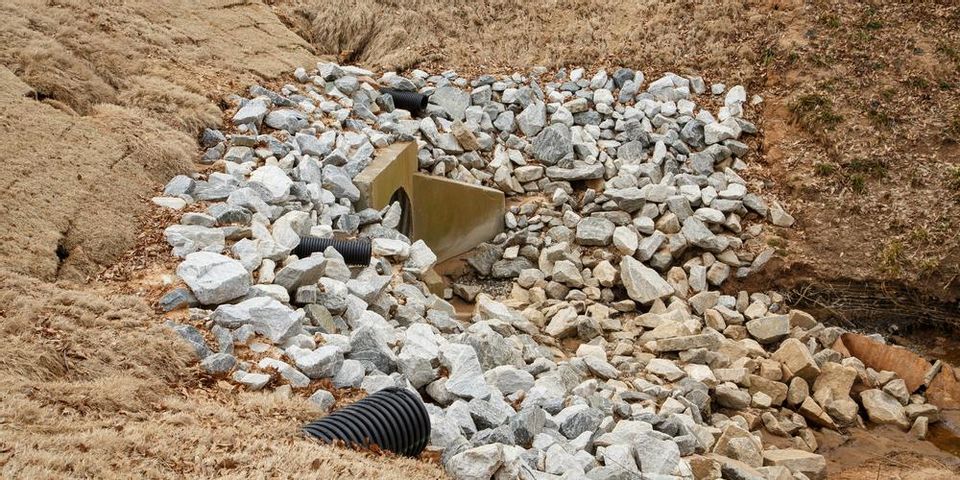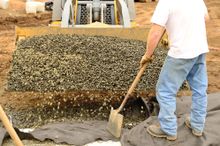Guide to Irrigation Systems: What Is a French Drain?

The best landscaping designs include an irrigation system along with drainage solutions to prevent premature erosion and flooding. One type of drainage solution is the French drain—a drain located in a ditch beneath a hill or embankment that has gravel at the end of it. Many homeowners are excellent candidates for French drains without realizing it, which is why Landscape Irrigation Experts in Jack, Alabama, has compiled this information as a guide to help residents understand what the system is and why they might benefit from one.
Guide to Irrigation Systems
What Is a French Drain?
Named after Henry Flagg French, who popularized the technique in 1859, these drainage systems tend to be found on the downward slope of hills or embankments. Instead of sitting on top of the soil and making the ground stay soggy, water flows through the gravel at the drain, draining easily through the rock. These drainage solutions are typically found inside homes, where they operate as part of sump pumps, but they also have plenty of uses outdoors.
Should You Get One Installed?
 French drains are often found as drainage systems in yards, driveways, and near retaining walls. Almost every yard can benefit from one. The only exceptions are homes that sit on extremely steep hills because water naturally rolls away from the home’s foundation. French drains are used to control and move water away from areas in yards that stay soggy or frequently get washed out.
French drains are often found as drainage systems in yards, driveways, and near retaining walls. Almost every yard can benefit from one. The only exceptions are homes that sit on extremely steep hills because water naturally rolls away from the home’s foundation. French drains are used to control and move water away from areas in yards that stay soggy or frequently get washed out.
While anyone can dig a trench around a drainage pipe and surround it with gravel, French drains are best installed by professionals who have special equipment to dig and understand how to precisely calculate the slope of the drain. The irrigation system specialists from Landscape Irrigation Experts have more than 20 years installing these drainage solutions for residents. Call (888) 569-9600 to schedule the service, or visit their website for more information.
About the Business
Have a question? Ask the experts!
Send your question

